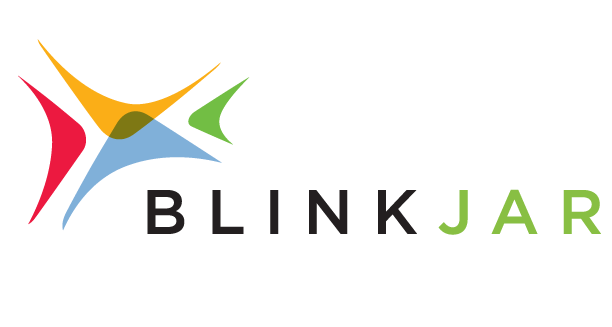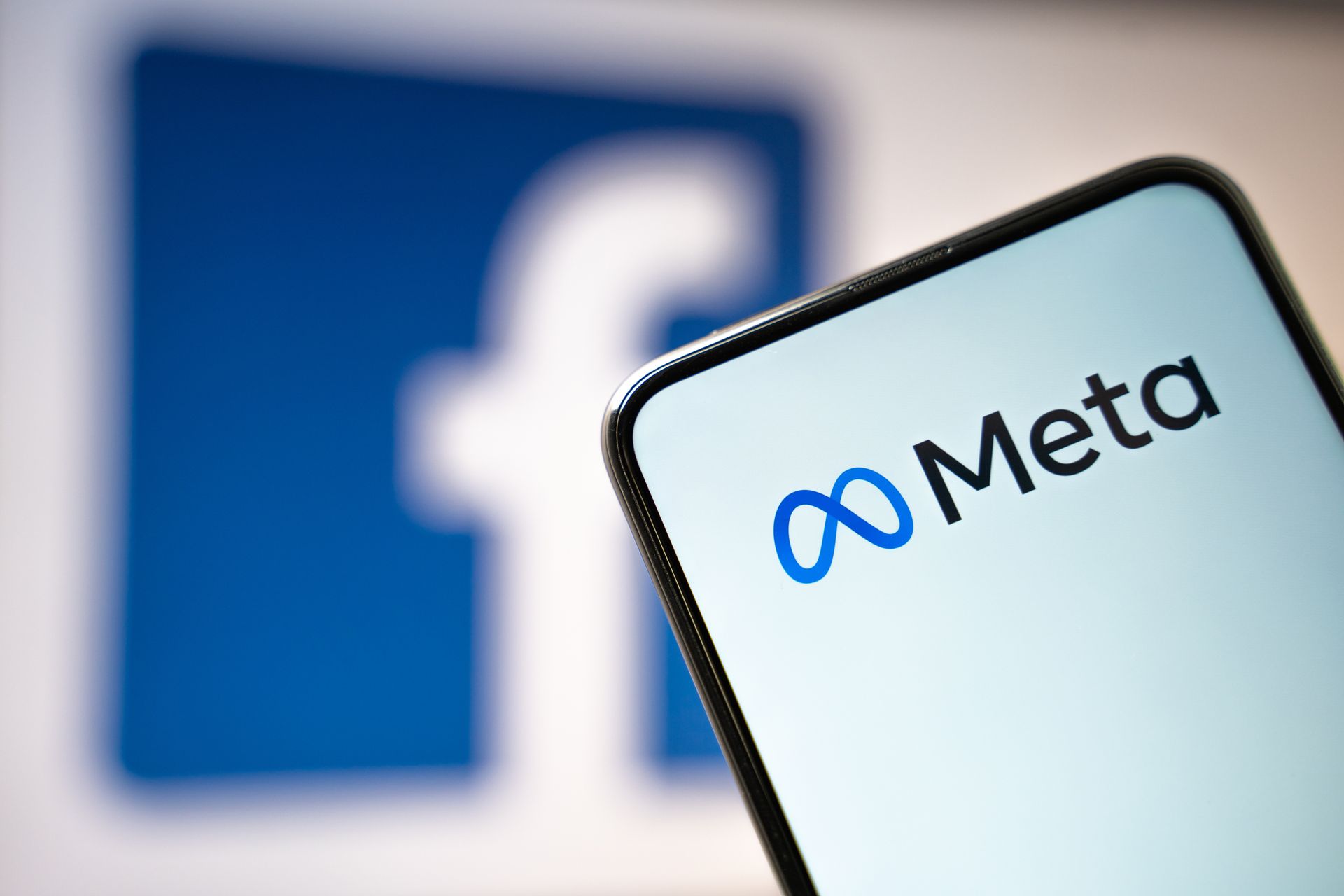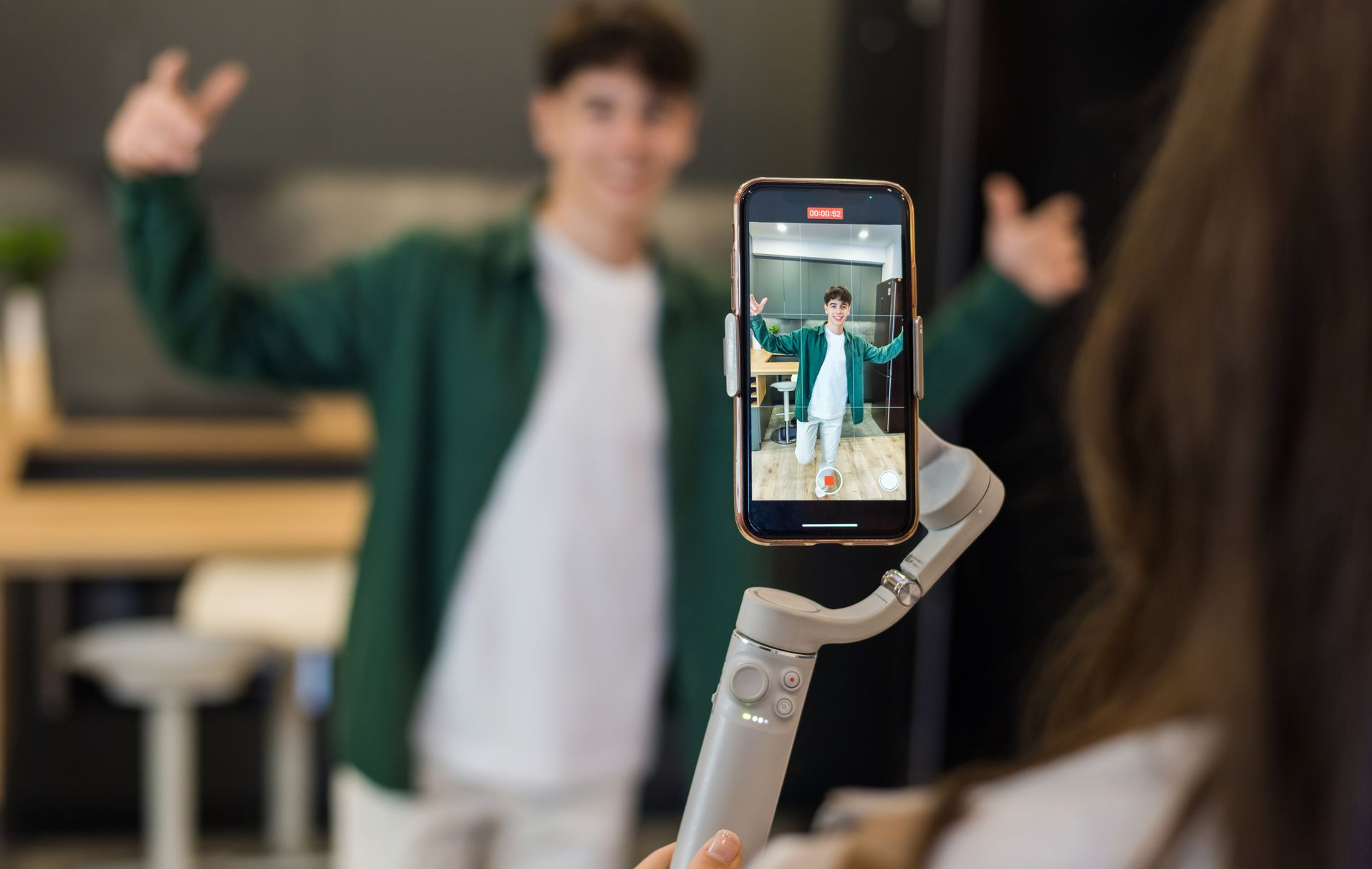Website Design Trends of 2024: What's New and What's Next
As we advance into 2024, the landscape of web design is evolving with new trends and technologies. From minimalistic design principles and bold typography to the integration of artificial intelligence and a focus on accessibility, the future of web design is geared toward creating more efficient, engaging, and inclusive user experiences.
Minimalistic Website Design and Use of White Space
Minimalistic design continues to be a dominant trend in 2024, emphasizing simplicity, clarity, and user-centric functionality. By removing unnecessary elements and focusing on the essentials, minimalistic design enhances user experience and ensures that content stands out.
This design style thrives on the effective use of white space, also known as negative space. The benefits of minimalistic design and the use of white space are improving readability, emphasizing key elements, and keeping a balanced layout.
Bold Typography in Website Design
Bold fonts are eye-catching and can effectively highlight key messages, making important information stand out. Using larger, bolder fonts can improve legibility, especially on mobile devices and smaller screens, ensuring that users can quickly and easily read the content. Additionally, bold typography adds a modern, sophisticated touch to a website’s design. Incorporating this type of typography into minimalistic design creates a striking visual contrast that captures users' attention and enhances their overall experience.
Using AI for Website Design
Artificial intelligence (AI) is revolutionizing various industries, and web design is no exception. In 2024, AI is becoming an invaluable tool for creating smarter, more efficient websites. AI can analyze user behavior and preferences to provide personalized design recommendations, ensuring that the website meets the specific needs of its audience. AI-powered tools can optimize content layout, presenting information most effectively and engagingly as possible. Additionally, it can predict user behavior and adjust the website's design in real-time, offering a more responsive and tailored experience. By leveraging AI, designers can create more intuitive, adaptive, and user-friendly websites that meet the evolving demands of digital users.
The Importance of Improving Website Accessibility
Designing for accessibility is paramount. Using white space and bold typography is sure to help your website be more accessible. Whether you are redesigning your website or want to make sure your current website is accessible, using a program like AudioEye or UserWay can be an immediate fix. They offer instantly accessible options like color contrast, bigger text, pausing animations, and text spacing.
The future of web design in 2024 is marked by a blend of minimalistic design, bold typography, AI integration, and a strong focus on accessibility. These trends not only enhance the visual appeal of websites but also improve functionality and user experience. By embracing these innovations, designers can create websites that are not only beautiful and engaging but also inclusive and adaptive to the needs of all users. Connect with BlinkJar Media for a free website audit or consultation to make a change to your current website.









